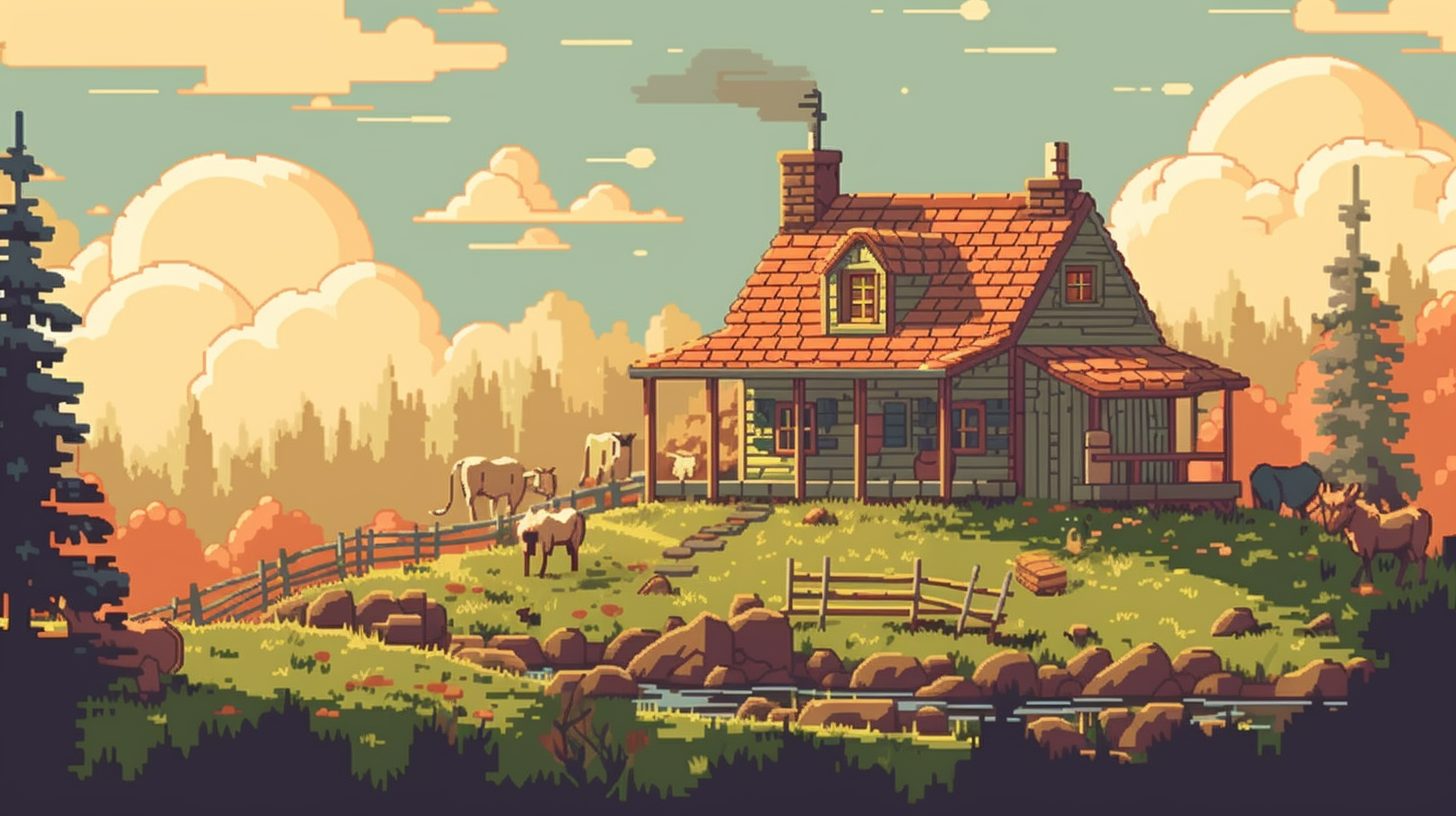Getting started with game development in Python? Look no further than Pygame, a powerful library that makes creating games a breeze. In this guide, we’ll walk you through the process of installing Pygame on your machine, so you can dive right into developing your next masterpiece. Let’s get started!
Installing Pygame: The Basics
Before we begin, make sure you have Python installed on your computer. If you don’t have it installed yet or need to check your current version, refer to our Python Interpreter guide. With Python ready to go, let’s proceed with how to install Pygame.
Installation Using pip
The most straightforward way to install Pygame is by using pip, the Python package manager. Open your terminal or command prompt and enter the following command:
pip install pygame
If you are using Windows, you may need to run this command:
python -m pip install pygameThis command will automatically download and install the latest version of Pygame. You can verify the installation by running the following command:
python -m pygame.examples.aliens
If the installation was successful, a sample game window will open, allowing you to test Pygame’s functionality.
Alternative Installation Methods
In case you encounter issues using pip, there are alternative methods to install Pygame:
Installing from source: Visit the Pygame GitHub repository and follow the instructions to compile and install Pygame from the source code. This method is useful if you need the latest features or bug fixes that might not be available in the stable release.
Platform-specific packages: Some platforms, like Linux distributions, provide their own packages for Pygame. Check your distribution’s package manager for Pygame and follow the installation instructions. Keep in mind that these packages might not be up-to-date with the latest Pygame version.
Getting Started with Pygame Development
Now that you’ve installed Pygame, it’s time to start building games. To give you a head start, here’s a simple example to create a window using Pygame:
import pygame
pygame.init()
# Set window dimensions
width, height = 640, 480
screen = pygame.display.set_mode((width, height))
# Set window title
pygame.display.set_caption('My First Pygame Window')
# Main loop
running = True
while running:
for event in pygame.event.get():
if event.type == pygame.QUIT:
running = False
# Refresh the display
pygame.display.flip()
# Clean up and close the window
pygame.quit()
This code initializes Pygame, creates a window with the specified dimensions and title, enters a loop to keep the window open, and finally, cleans up and closes the window when the user decides to quit.
Exploring Pygame Resources and Tutorials
To take your Pygame skills to the next level, there are many resources and tutorials available online. Here are some recommendations to help you get started:
Official Pygame Documentation: The official documentation is always an excellent place to begin. It provides a comprehensive reference for Pygame’s functions, modules, and classes.
Pygame Tutorials: The Pygame website offers a list of tutorials that cover various aspects of game development, from getting started to more advanced topics.
Codabase Game Development: Our own game development category features a range of articles and tutorials on game development using Python, Pygame, and other libraries.
Real Python’s Pygame Primer: Real Python provides a detailed primer on Pygame that covers essential concepts and offers examples of creating simple games.
PythonProgramming.net’s Pygame Tutorial Series: A comprehensive tutorial series that covers various aspects of game development with Pygame, from basic to advanced concepts.
Don’t forget to explore our other Python-related content, such as web scraping tips, list manipulation, and list comprehensions to enhance your Python skills and apply them to your game development projects.
Collaborating with the Pygame Community
As you embark on your Pygame journey, remember that you’re not alone! The Pygame community is filled with developers who are passionate about game development and eager to share their knowledge. Connect with the community through the following channels:
Pygame Subreddit: The Pygame subreddit is an active forum where developers discuss their projects, share resources, and seek help for their issues.
Pygame Discord Server: Join the Pygame Discord server to chat with other developers, ask questions, and collaborate on projects in real time.
Contribute to Pygame: If you’re interested in giving back to the community, consider contributing to the Pygame project. You can help by reporting bugs, submitting patches, or even writing documentation.
By following this guide, you should now have a solid foundation for installing Pygame and starting your game development journey. Make sure to explore the resources mentioned above, practice your skills, and engage with the community to ensure your success in building exciting and engaging games with Pygame.
Remember, the more you practice and experiment with different aspects of Pygame, the better you’ll become as a game developer. Don’t be afraid to challenge yourself with new ideas and concepts – you never know what you might create!
As you develop your games, don’t hesitate to share your progress and experiences with the Pygame community. You’ll find that fellow developers are often more than willing to offer help, advice, and encouragement as you continue to grow and learn.







